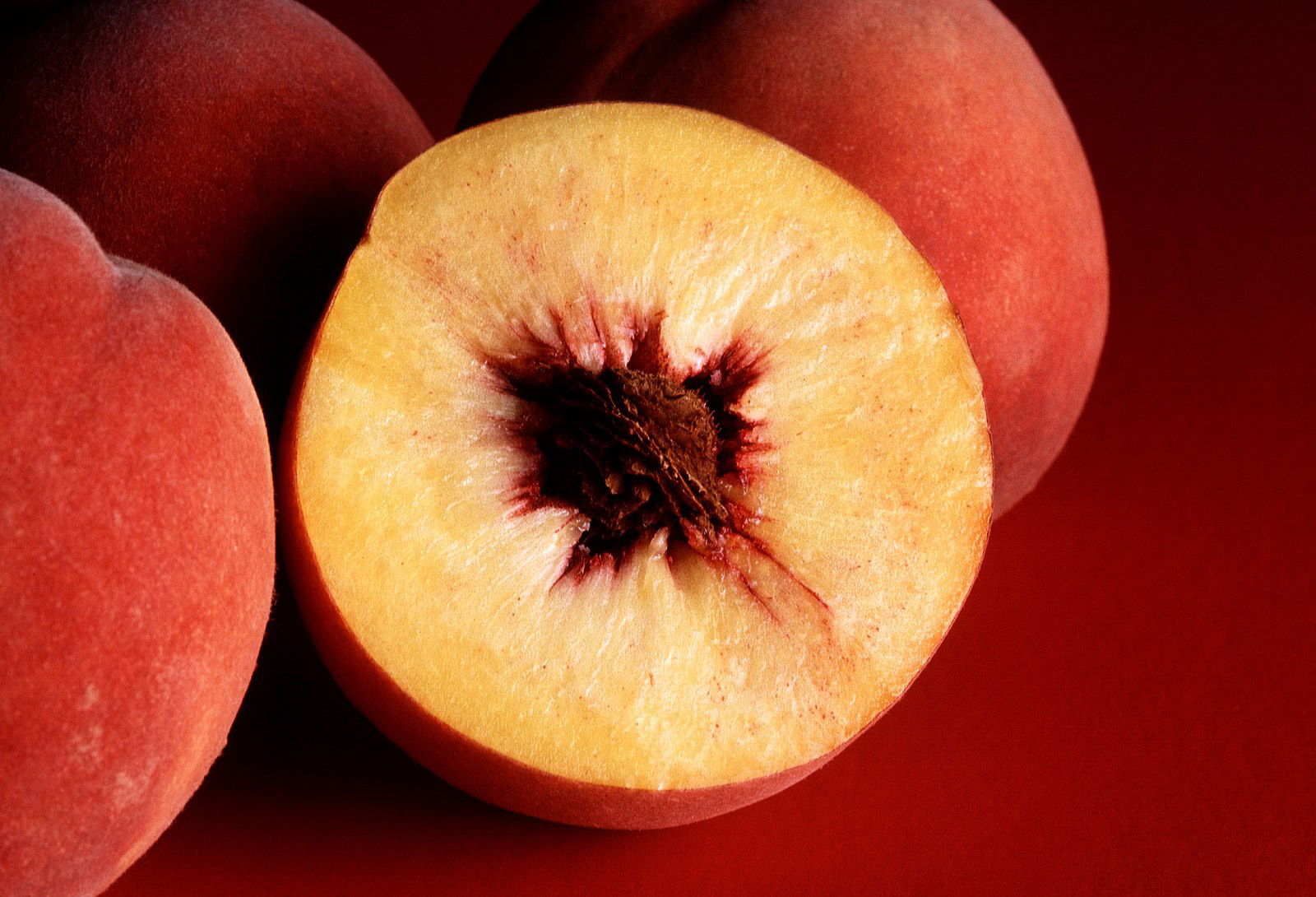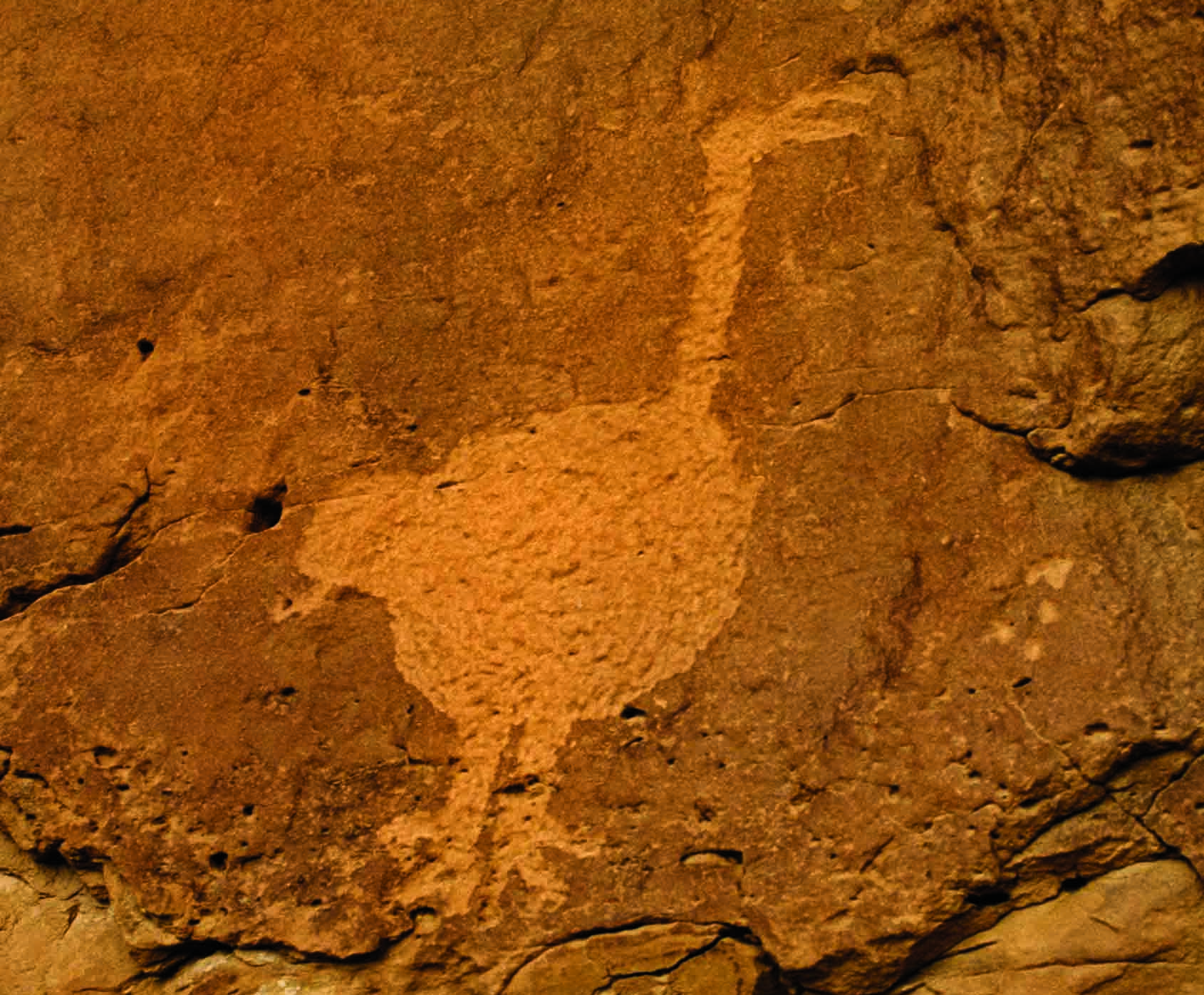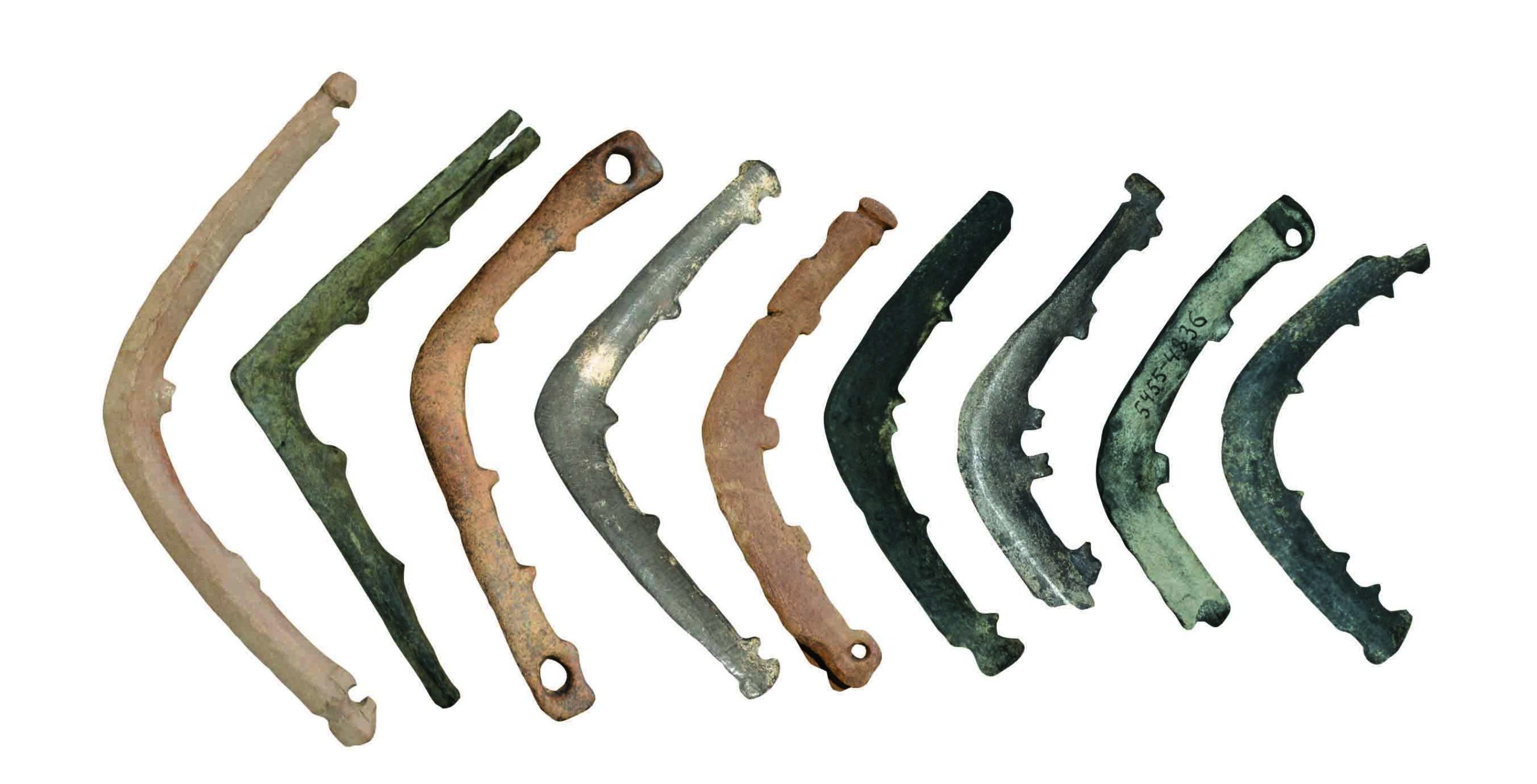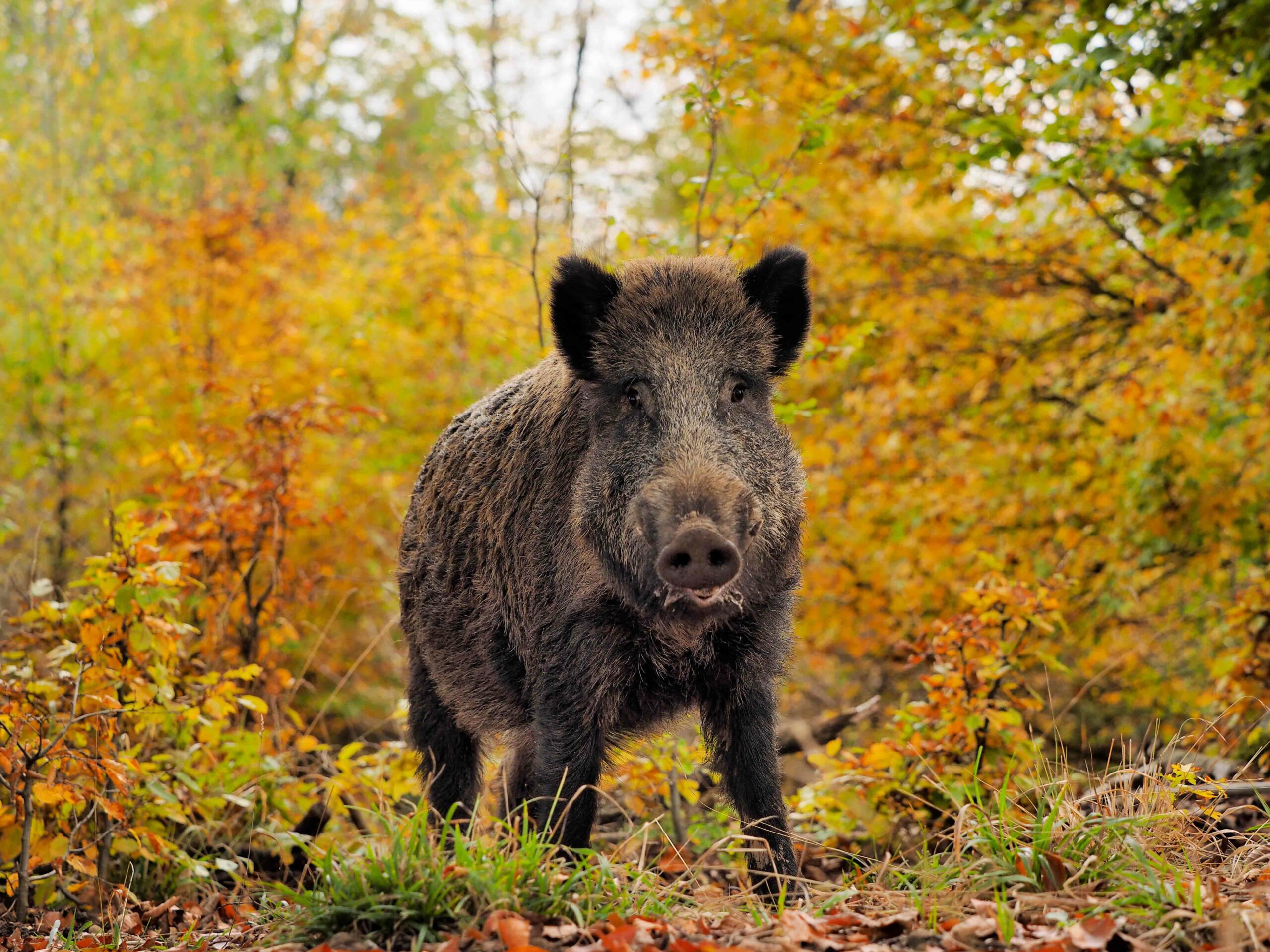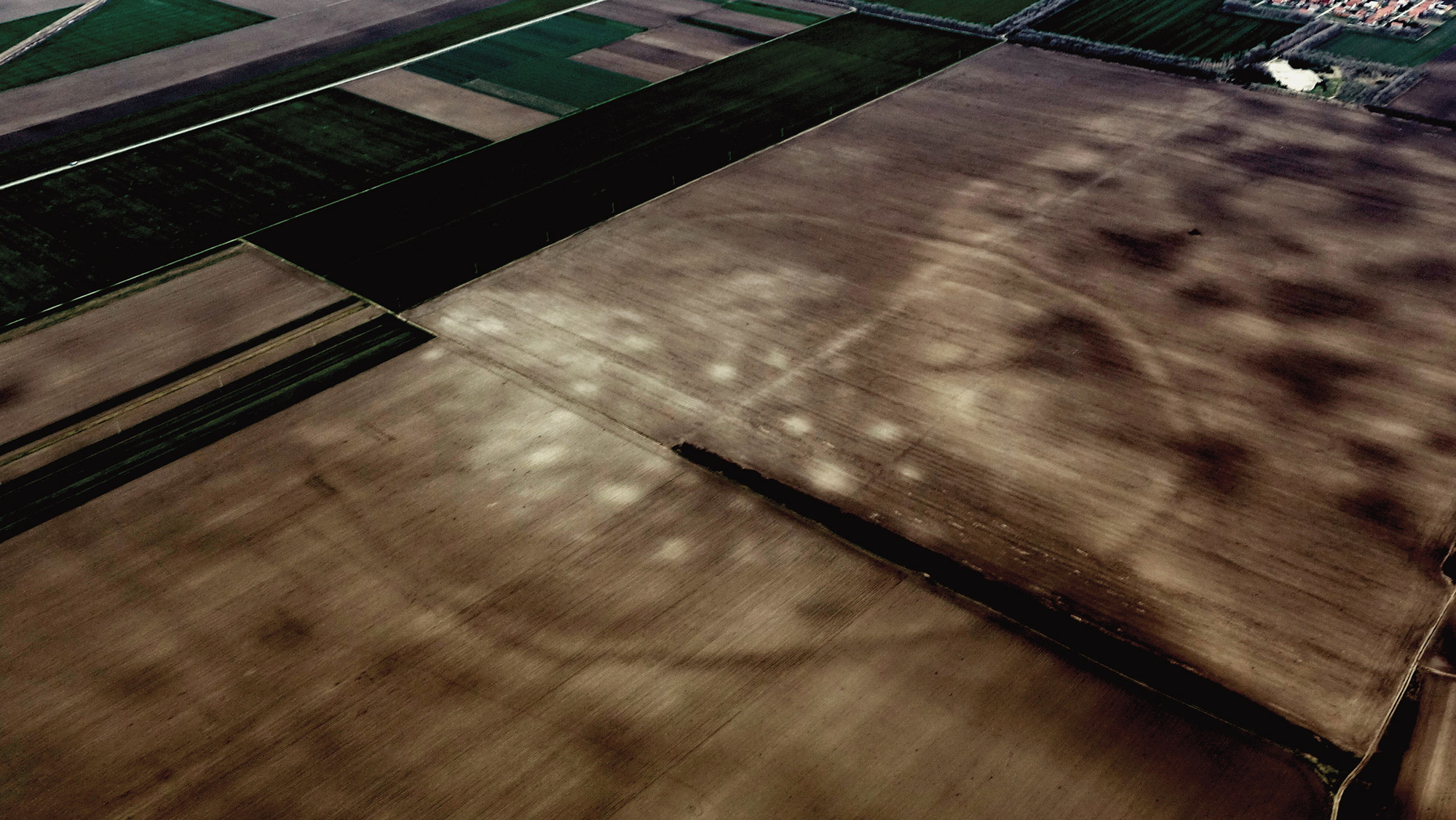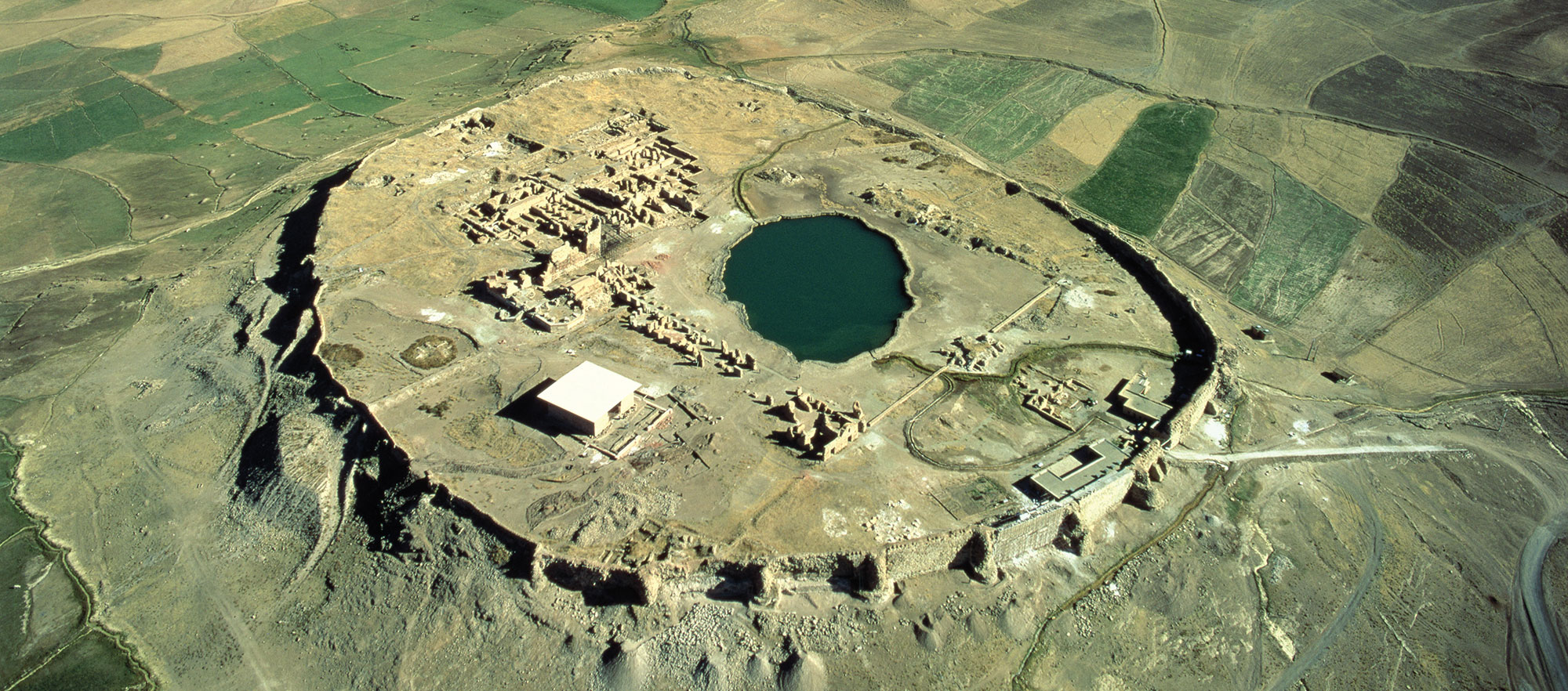
UNIVERSITY PARK, PENNSYLVANIA—According to a statement released by Penn State University, while peaches were likely first introduced to North America by Spanish explorers, the fruits traveled across the continent along Indigenous networks starting in the early 16th century. Indigenous populations quickly adopted and selectively bred the stonefruits, facilitating their dispersal. A team of Penn State researchers radiocarbon dated preserved peach pits previously unearthed at 28 archaeological sites in the Carolinas, Georgia, Florida, Alabama, Tennessee, and Arkansas to build a chronology of the fruit tree's domestication. They confirmed that the earliest North American peaches—the first fruit domesticated in Eurasia to be adopted in Indigenous cultures of eastern North America—were likely planted at a Muscogee farmstead in Georgia's Oconee Valley. Occupation at the site began between 1520 and 1550, prior to the founding of Florida's Spanish colonial settlement of St. Augustine in 1565. This indicated that the fruit spread independently of the Spanish colony. “Peaches need a lot of care by people to be productive,” says Penn State anthopologist Jacob Holland-Lulewicz. “How quickly peaches spread is very much a product of Indigenous networks and land management.” As early as the 1620s, peach groves were also widespread in Indigenous settlements of the American Southeast. Records of early European settlers describe that new North American peach varieties even outnumbered those found in Europe by the mid- to late-1600s. According to the researchers, the fruit had become so integral that when ancestors of the modern-day Muscogee Nation were forced out of Georgia and Alabama in the 1800s, they took peaches with them. “The act of growing and caring for peaches is an important cultural practice for Muscogee (Creek) peoples today,” says Holland-Lulewicz. “These were the first peaches introduced in the 1500s and 1600s that were then carried halfway across the continent and continue to be grown today.” Read the original scholarly article about this research in Nature Communications. For more about domestication of crops crucial to Indigenous communities in North America, go to “Letter from the Four Corners: In Search of Prehistoric Potatoes.”


